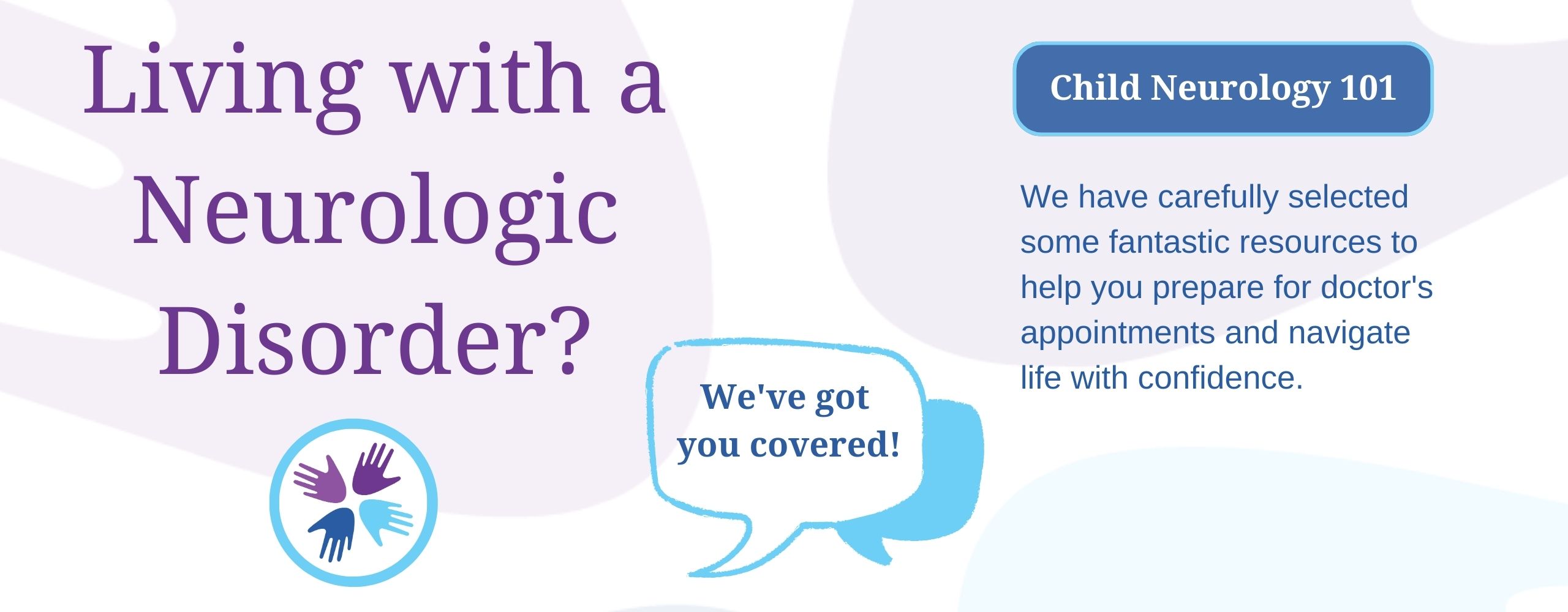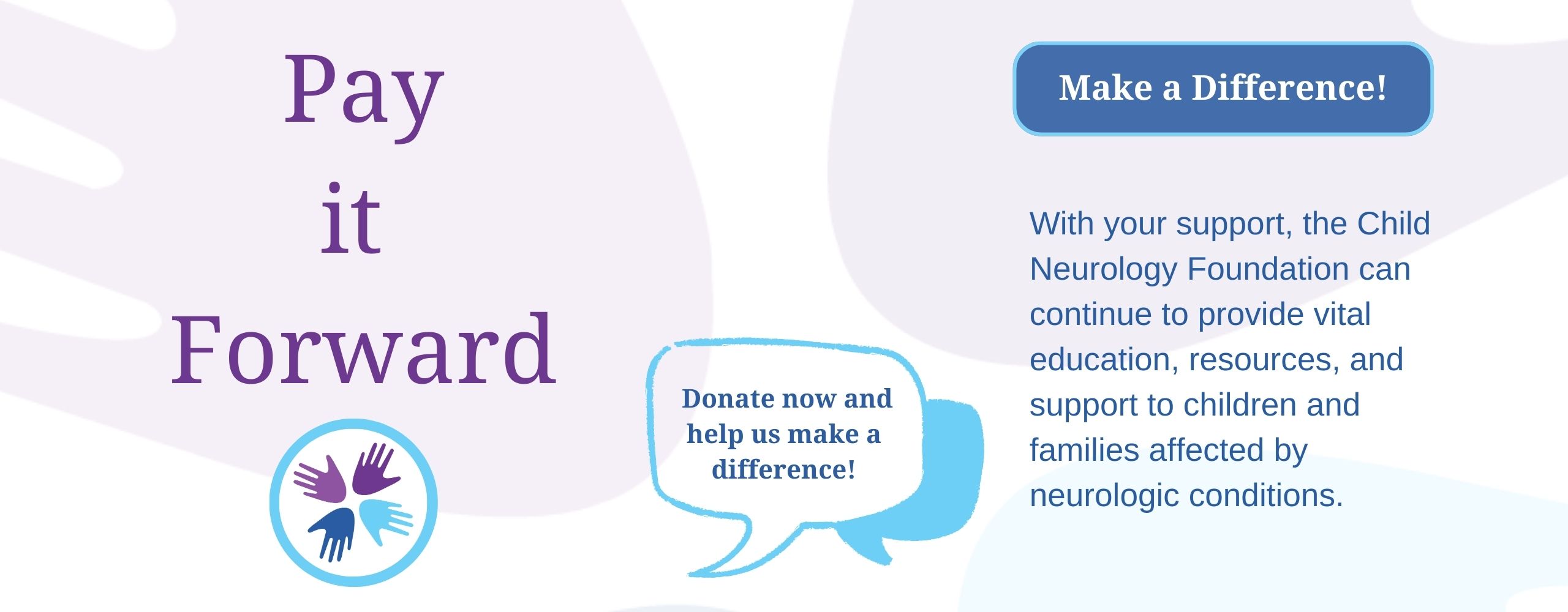
Authors: Dorottya B. Kacsoh, University of Central Florida College of Medicine
Alison L. Christy, MD, PhD, Providence Pediatric Neurology at St. Vincent Medical Center—Portland, Oregon
Reviewed: May 2023
SUMMARY
Acute flaccid myelitis (AFM) is a disease that affects the spinal cord and brainstem. It causes weakness in one or more limbs.
AFM is thought to be caused by a virus that also causes a respiratory illness. AFM is similar to poliomyelitis (polio). However, it is caused by a different virus.
Treatment is largely supportive. Most children will have permanent disabilities. Physical therapy is crucial.
JUMP TO
Disorder Overview
DESCRIPTION
AFM is characterized by subacute-onset weakness affecting one or more arms or legs. “Subacute-onset” means it occurs over a few hours to a day. This usually happens during or after a respiratory infection (a cold). That infection is most commonly caused by a virus called enterovirus D68. AFM may also affect muscles in the head and neck.
AFM was first reported in 2012. There have been outbreaks almost every two years since then. AFM mostly affects young children. It may affect boys more than girls.
SIGNS AND SYMPTOMS
AFM occurs after children recover from a fever and respiratory illness. Symptoms of AFM begin one to ten days after the start of the viral illness. Respiratory symptoms typically improve before symptoms of AFM appear. AFM may start with neck stiffness and headache.
AFM affects the spinal cord and a part of the brain called the brainstem. Nerves that control the muscles in the body run through the spinal cord. It is thought that inflammation injures these nerves. In turn, this causes weakness in the body.
Nerves that control the muscles in the head and neck originate in the brainstem. An injury to these areas causes weakness in the head and neck. About 30% of children with AFM will have damage to the brainstem.
Symptoms of AFM include:
Arm or leg weakness
AFM causes mild to severe weakness in at least one limb.
- AFM more commonly affects the arms than the legs. It typically affects the part closer to the body (proximal) more than the part farther from the body (distal).
- Children may experience muscle pain in the affected limb(s). This weakness is caused by damage to the spinal cord.
Cranial nerve symptoms
Respiratory failure
Eye muscle weakness
Diminished reflexes
CAUSES
We think AFM is most commonly caused by a respiratory virus known as enterovirus D68. It is less commonly caused by enterovirus A71. Most people who get infected with these viruses do not develop AFM. It is not known why some children develop AFM.
LABORATORY INVESTIGATIONS
The following are used to diagnose AFM:
Magnetic resonance imaging (MRI)
Lumbar puncture (LP)
An LP is commonly referred to as a “spinal tap.” This test involves taking a sample of cerebrospinal fluid (CSF).
- CSF is the fluid that surrounds the brain and spinal cord. Fluid is removed by inserting a needle between two vertebrae in the lower back.
- The CSF will often show an elevated number of white blood cells.
Respiratory swab
Stool sample
TREATMENT AND THERAPIES
Intravenous immunoglobulin (IVIG) may be used to help the body build an immune response to fight the infection. Steroids and plasma exchange are sometimes used.
About one third of children require intubation and ventilation because of respiratory distress. Children who have trouble swallowing may require supplemental nutrition and hydration.
Physical therapy, occupational therapy, and speech therapy should be started as soon as possible.
OUTLOOK
Most children will have lasting disabilities. They may regain some function in the affected limbs. Symptoms related to injury to the brainstem are more likely to resolve than limb weakness. Nerve transfer surgery may benefit some children. Physical therapy, occupational therapy, and speech therapy are critical.
RELATED DISORDERS
Disorders that can mimic AFM include:
- Poliomyelitis
- Guillain-Barré syndrome
- Transverse myelitis
Resources
Siegel Rare Neuroimmune Association
The Siegel Rare Neuroimmune Association (SRNA) is a not-for-profit international organization dedicated to the support of children, adolescents, and adults with a spectrum of rare neuroimmune disorders including: Acute Disseminated Encephalomyelitis (ADEM), Acute Flaccid Myelitis (AFM), MOG Antibody Disease (MOGAD), Neuromyelitis Optica Spectrum Disorder (NMOSD), Optic Neuritis (ON) and Transverse Myelitis (TM).
Their mission is to support individuals living with rare neuroimmune diagnoses and their families, promote awareness to empower patients, families, clinicians, and scientists, through education programs (such as the SRNA Quality of Life Family Camp for children and their families diagnosed with a rare neuroimmune disorder) and publications and, to build a collaborative and dedicated clinical care network and help advance scientific understanding and research.
Child Neurology Foundation (CNF) solicits resources from the community to be included on this webpage through an application process. CNF reserves the right to remove entities at any time if information is deemed inappropriate or inconsistent with the mission, vision, and values of CNF.
Research
Currently, there are no listings for Acute Flaccid Myelitis in ClinicalTrials.gov. Check back often and talk with your healthcare provider to identify upcoming trials.
If you have an interest in searching for any future trials that may be starting:
- Go to the Home page of ClinicalTrials.gov
- In the “Condition or disease” field, type “Acute Flaccid Myelitis”. A drop-down list will appear if this disorder is included.
- You can narrow the search with the “Other terms”, “Intervention/Treatment”, and “Location” fields.
- Under “Study Status”, click on “Recruiting and not yet recruiting studies”
- Click on “More Filters”, “Age”, “Child (birth – 17)”
ClinicalTrials.gov is a database of privately and publicly funded clinical studies conducted around the world. This is a resource provided by the U.S. National Library of Medicine (NLM), which is an institute within the National Institutes of Health (NIH). Listing a study does not mean it has been evaluated by the U.S. Federal Government. Please read the NLM disclaimer for details.
Before participating in a study, you are encouraged to talk to your health care provider and learn about the risks and potential benefits.
For more information about participation in clinical trials, check out our education hub on the topic here.
Information for research and clinical trials specific to AFM can be found on the Siegel Rare Neuroimmune Association website.
References
Christy A, Messacar K. Acute Flaccid Myelitis Associated With Enterovirus D68: A Review. J Child Neurol. 2019 Aug;34(9):511-516. https://doi.org/10.1177/0883073819838376. Epub 2019 Apr 23. PMID: 31014167.
Murphy OC, Messacar K, Benson L, Bove R, Carpenter JL, Crawford T, Dean J, DeBiasi R, Desai J, Elrick MJ, Farias-Moeller R, Gombolay GY, Greenberg B, Harmelink M, Hong S, Hopkins SE, Oleszek J, Otten C, Sadowsky CL, Schreiner TL, Thakur KT, Van Haren K, Carballo CM, Chong PF, Fall A, Gowda VK, Helfferich J, Kira R, Lim M, Lopez EL, Wells EM, Yeh EA, Pardo CA; AFM working group. Acute flaccid myelitis: cause, diagnosis, and management. Lancet. 2021 Jan 23;397(10271):334-346. https://doi.org/10.1016/S0140-6736(20)32723-9. Epub 2020 Dec 23. PMID: 33357469; PMCID: PMC7909727.
The information in the CNF Child Neurology Disorder Directory is not intended to provide diagnosis, treatment, or medical advice and should not be considered a substitute for advice from a healthcare professional. Content provided is for informational purposes only. CNF is not responsible for actions taken based on the information included on this webpage. Please consult with a physician or other healthcare professional regarding any medical or health related diagnosis or treatment options.



